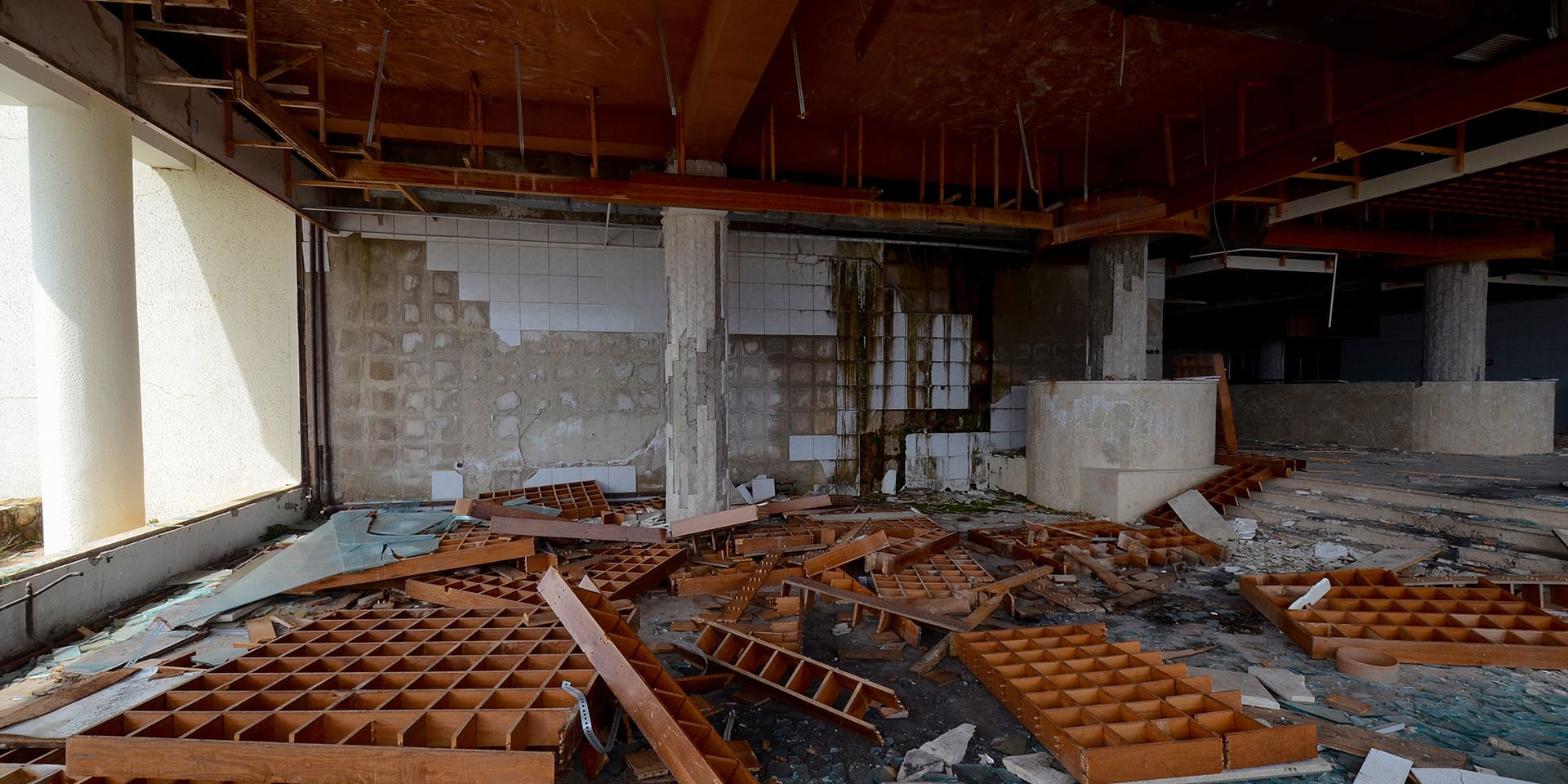
As a commercial landlord or tenant, when it comes to the end of a lease, you may be familiar with the term ‘dilapidations’. The term dilapidations is used to refer to damages or disrepair that occurs to a premises during the course of a lease. Typically, it is the responsibility of the tenant to either repair the damages or compensate the landlord for the cost of repair.
If you are a landlord or tenant, understanding your dilapidations obligations is important as it can have a significant impact on your finances. In this blog, we’ll discuss the key elements of dilapidations and how you can protect your interests.
What are Dilapidations?
Dilapidations are the damages or disrepair that occurs to a property during the course of the lease. It is often the tenant’s responsibility to either repair the damages or compensate the landlord for the cost of repair, depending on the wording contained in the lease. Dilapidations can include a wide range of potential issues from broken fixtures, through to worn carpets and peeling paint, and even re-roofing.
In order to try and minimise any dispute relating to dilapidations, the landlord and tenant will often agree to a Schedule of Condition. This document can be professionally prepared by a Chartered Building Surveyor and outlines the condition of the property, including photographs, at the start of the lease. This serves as a benchmark for assessing the dilapidations at the end of the lease, providing evidence to compare the condition of the property at the point of exit.
What is Dilapidations Liability?
Dilapidations liability is the responsibility of the tenant to repair or compensate for any damages or disrepair that occur to the property during the course of the lease. The landlord can claim for the cost of the repairs, or the tenant can undertake the repairs themselves. In some cases, the tenant may be able to negotiate a settlement with the landlord to cover the cost of the repairs.
How Can I Protect my Interests?
If you are a landlord or tenant, understanding your dilapidations position is essential for protecting your interests.
As a landlord, it is important to ensure that the tenant is held accountable for any damage or disrepair that occurs to the property during the course of the lease.
From a tenant’s perspective, it can be helpful to be familiar with the contents of the Schedule of Condition (if one is in place) and what is expected of them at the end of the lease.
Tenants should also be mindful of the terms of the lease and to be aware of any potential dilapidations liability that could arise during the course of the lease – in the form of Interim Dilapidations inspections and schedules.
Lea Hough are able to provide advice to both landlords and tenants regarding their liabilities for repair and maintenance of commercial property. For more information or to speak to one of our Chartered Building Surveyors in relation to a dilapidations matter, or to try and avoid dilapidations disputes in the future by way of a Schedule of Condition, please get in touch.



